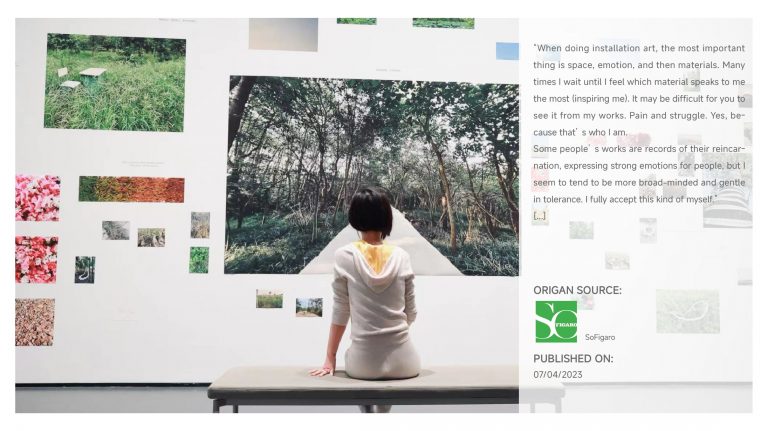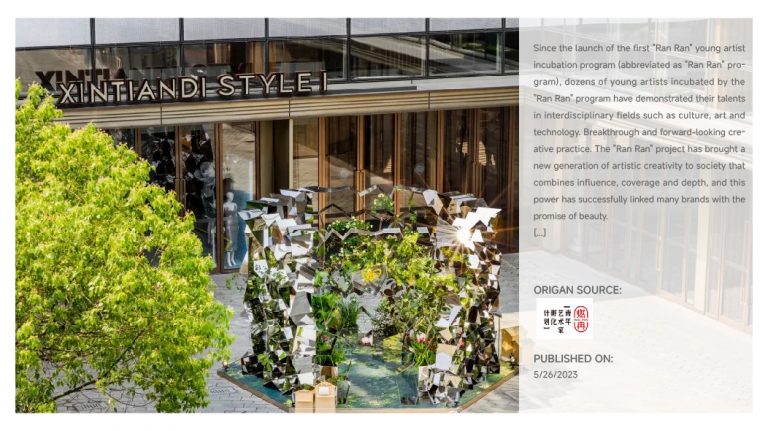
JUJU WANG
Chinese-American installation artist
Only by understanding the stories and connotations behind artworks can viewers be truly moved by art and understand its charm.
JUJUWANG: Tradition re-innovated
*The following is an excerpt from the speech
Have you ever been in a similar situation: you walked into an art gallery and started looking at the art, but didn’t feel anything about the art.
I often encountered this situation when I was early exposed to art.
Slowly, over time, I realized that the order of understanding a work of art is actually very similar to the order of understanding a person.
The first is the first impression, the shape, size, and color of a work of art.
Secondly, we can judge its material through observation, and then we can briefly read the character of the artwork.
Many times you will find that the most touching thing about a work of art is the storyline and emotion behind it, which can resonate with people and reach a consensus with the viewer.
In our modern society, most artworks have very significant characteristics over time. Some are traditional, some are contemporary, or some are futuristic. The two art installations I bring to you today shuttle between tradition and contemporary.
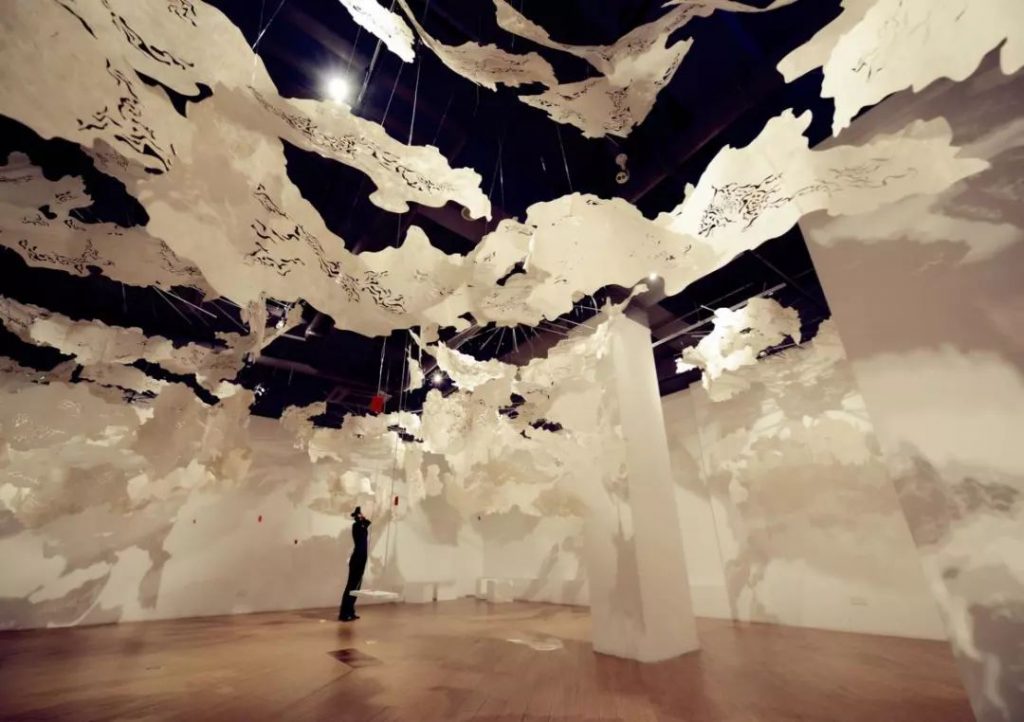
This is a large-scale art installation called “Cloud House”.
The first sight of the clouds floating in the air is pure and dreamy.
As you approach the Cloud House, you’ll wonder what it’s made of. The main material of the Cloud House is Dai paper. Hundreds of pieces of Dai paper are suspended by fishing lines on 7 rotating brackets. The Cloud House is a five-sense interactive installation where each bracket can rotate as the viewer pulls it.
Most people left messages on the message board saying that they had so much fun in the cloud house and felt like they were kids again. Especially when swinging, some people say it feels particularly romantic, and some people even successfully proposed in the cloud house.

Now, let’s hear the story behind Cloud House.
Next to Xishuangbanna, Yunnan, there are 196 households in the village, and most of the residents are Dai. This village preserves 800 years of handmade papermaking craftsmanship. Every household makes paper for a living, and it has been this way for 800 years. They call this paper “Dai paper . “
The process of making paper is simple. There needs to be a balanced division of labor between men and women. It is made from taking bark, cleaning it, soaking it, beating it, removing paper, and cooling it in the sun.
This traditional craft has been preserved over the years. To this day, if you go to Yunnan, you can still see scripture booklets that were preserved from that time. In 2006, Dai paper was listed as a national intangible cultural heritage. With the promotion and protection of the country, it tries to integrate with modern life.
The original intention of this installation is to allow experiencers to have a better understanding and appreciation of traditional Chinese handicrafts.


The first impression of ” Looking at the Palace” is different from that of the Cloud House. The first impression this installation gives you may be the strong color impact and multiple mirror light and shadow reflections, giving it a sense of the future.
When you first see a photo of it, you wouldn’t think it’s 600 years old. Looking more closely, the superimposed mirror surface is made of mirror stainless steel bent at one time; the colorful square surface is made of mulberry silk.
The entire installation is suspended from the mirrored ceiling, and visitors can travel through it, traveling through time like a kaleidoscope. This installation hopes to travel through time through modern artistic expression techniques and aesthetics, and once again deeply appreciate the beauty of ancient Chinese architecture.
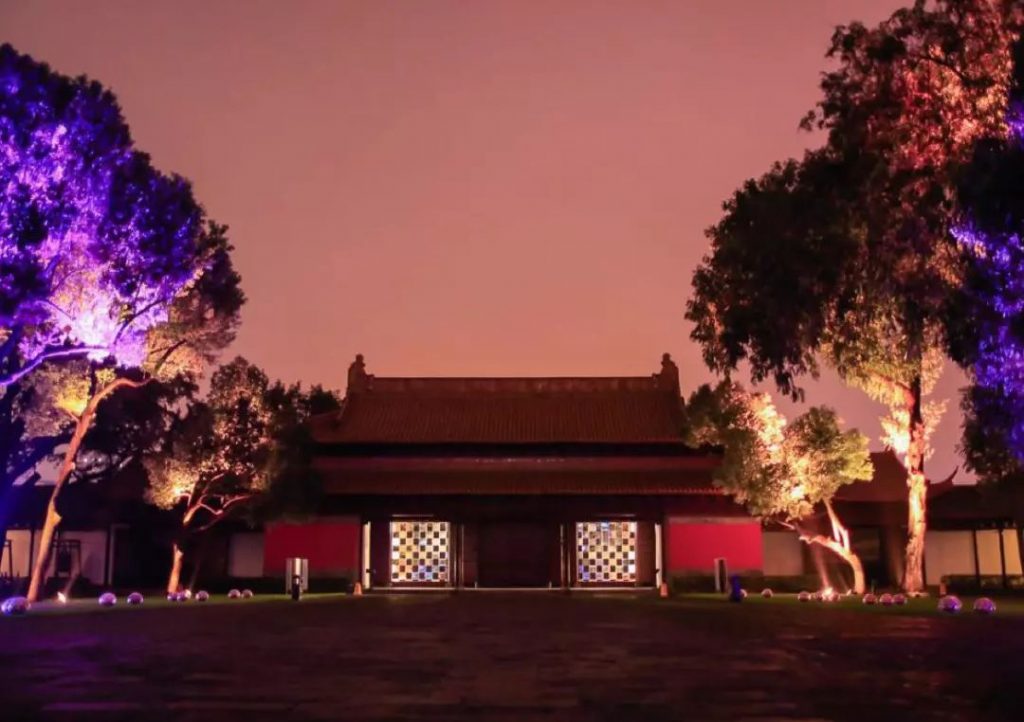
Before creating this installation, we observed the ways and routes people visit Chaotian Palace. The main axis of Chaotian Palace consists of three main buildings: Dachengmen, Dacheng Hall and Chongsheng Hall. After our observation, many visitors stayed in Dachengmen for no more than 1 minute on average.
Why? First, people think it is just a door, nothing special, just go through it; second, what attracts people more is the Dacheng Hall and Chongsheng Hall behind it.
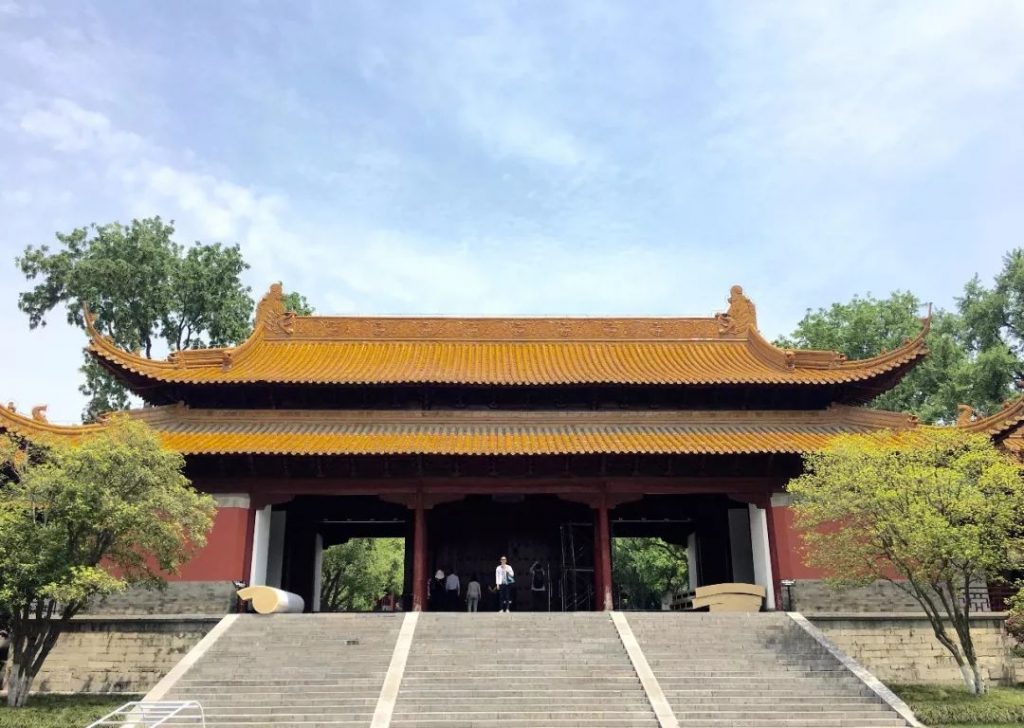
The “Guan Gong Yi ” device artificially partially blocks the two doors on the left and right, guiding visitors to the middle staircase to reach the middle door. When visitors reach the top of the steps, there will be text explaining the reason why the door is closed. But it is more than just a route guidance device. 100 mirrored stainless steel blocks are stacked and rotated up, down, left, and right, reflecting the Linxing Gate and the partial architecture that penetrates the Dacheng Hall. The same architectural style creates an illusion, thus paying more attention to the details of the building.
We sampled the architectural details of Chaotian Palace and obtained these very modern patterns through the triangular mirror reflection principle of the kaleidoscope.
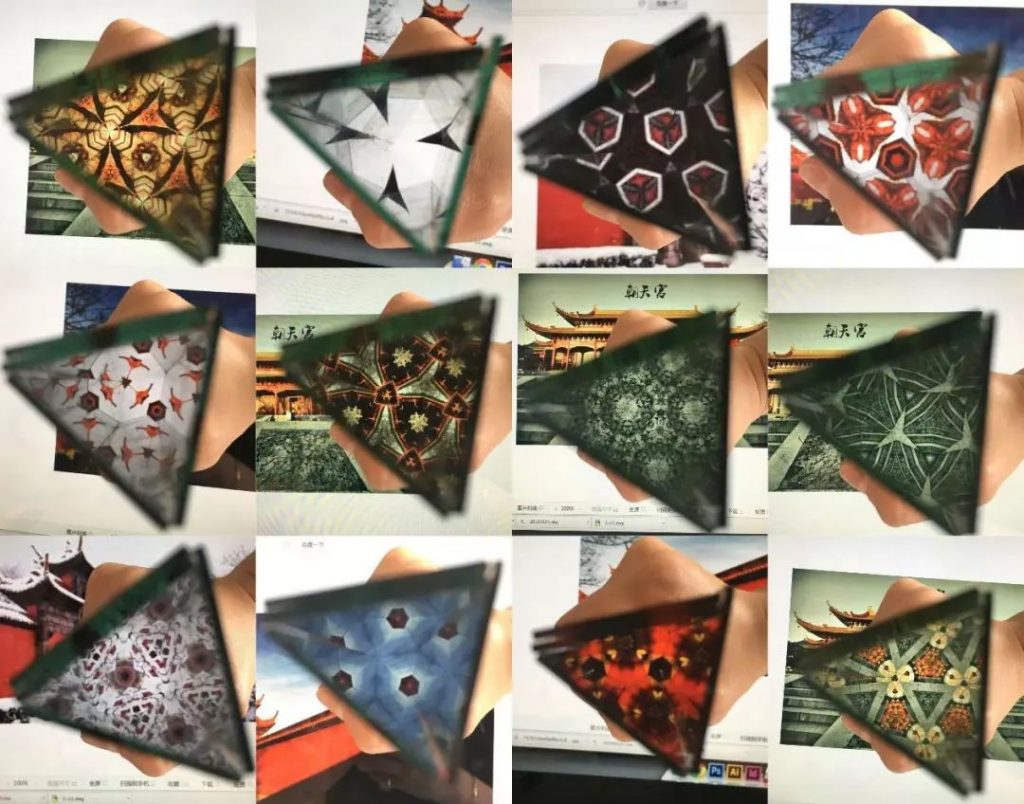
If you look carefully, you can even find corresponding architectural details in each pattern. At the same time, these patterns are now also made into mulberry silk scarves. They use traditional patterns to reinterpret and embed culture into modern people’s lives. .
After passing through Dacheng Gate, there is also an installation in front of Dacheng Hall called “Looking at the Palace II ” . “Looking at the Palace II ” breaks the traditional route for people to visit the palace.
We sampled the design of a 3-meter-high palace door, removed all colors and materials, and then combined it with modern materials and laser engraving technology to “project ” the traditional pattern onto the clean material using laser engraving. Walking in the corridor feels like traveling through time. On one side is an old palace gate that is more than 600 years old, and on the other side is a contemporary interpretation of traditional patterns.
“Kangong” uses art installations as a bridge of time to reunite traditional architecture and people. “PalaSee” also has a very special English name called “PalaSee ” which means ” To see the palace ” .
In addition to bringing happiness and happiness to viewers, the most important thing is to emphasize the significance of tradition in our modern life. Only by understanding the stories and connotations behind artworks can viewers be truly moved by art and understand its charm.

